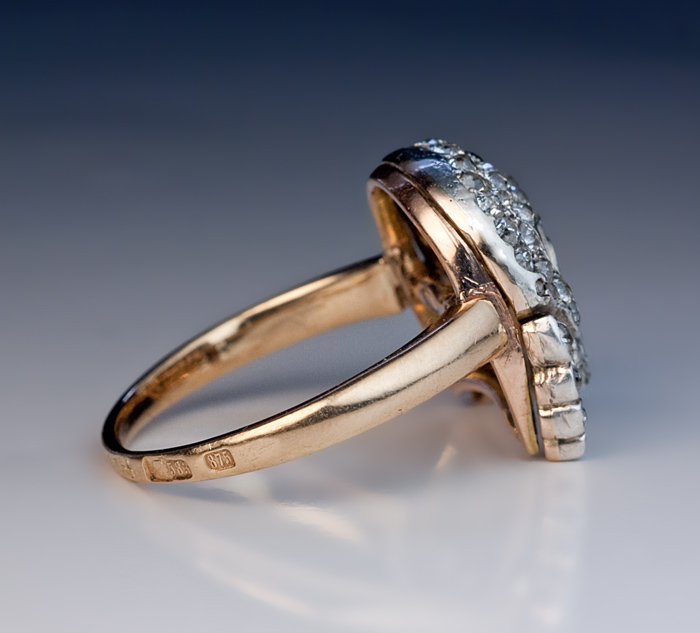An Insight Into 21st Century Herbal Medicine – What Herbs Are Used to Treat Menopause Symptoms?

There is a long tradition of treating unpleasant and debilitating menopausal symptoms with medicinal plants. This knowledge has been passed down through the ages and now for the first time we are beginning to understand through scientific research how the plants work on the body at cellular level.
Menopause affects each woman in a unique way. An over-the-counter herbal remedy, which is aimed at the “average menopausal woman”, may relieve some of the symptoms but may not relieve others. Menopause symptoms can include depression, anxiety, insomnia, hot flushes, night sweats, fatigue, loss of libido, loss of memory to name just a few. So you can see that menopause can be a complex picture, which needs to have all the symptoms addressed before the woman can regain a sense of well-being. Medicinal plants containing phytochemicals called steroidal saponins are very effective in the treatment of menopausal symptoms. An example of such a plant is Wild Yam (Dioscorea villosa) (see below). The compounds in these medicinal plants may exert an oestrogenic effect by binding with oestrogen receptors in the brain. This may alleviate the symptoms of declining oestrogen levels. Although phytoestrogen derived from plants is not as potent as oestrogen produced by the ovaries, it can still have a mild oestrogenic effect and convince the body that more oestrogen is present and thereby decrease symptoms of withdrawal. The hot flushes usually correlate to surges of luteinizing hormone (LH), which are triggered when the body senses that oestrogen levels are low. If phytoestrogens are present, LH surges and hot flushes diminish.
There are many medicinal plants, which are effective in assisting a woman in her transition to lower levels of oestrogen. Some of the most commonly used medicinal plants are shown below:
Black Cohosh(Cimicifuga racemosa).
Native to North America and now grown in Europe, the root of Black Cohosh has long been used to treat gynaecogical problems, including menopause and menstrual problems. Research has confirmed the validity of traditional knowledge. Two reviews published in 2003 in the Journal of the North American Menopause Society concluded that Black Cohosh is a safe natural medicine. The German Commission E also supports its use to treat menopausal symptoms and menstrual problems.
How it works
The effects of black cohosh are believed to be the result ofcomplex synergistic actions of triterpene glycosides and efficacy has been supported by clinical trials in Germany and Italy. It has been proposed that Black Cohosh has a mild oestogenic effect on the body without causing an undesirable thickening of the lining of the uterus. A clinical trial, which was conducted over 12 months, found that Black Cohosh reduced the number and severity of hot flushes.
Sage (Salvia officinalis)
Native to the Mediterranean and now grown worldwide, the aerial parts of Sage have been traditionally prescribed for menopausal hot flushes. In an open trial, which lasted 3 months, a product containing Sage and Alfalfa extracts improved menopausal symptoms of hot flushes and night sweats. In a number of open studies, sage has reduced sweat production in patients with excessive sweating (hyperhidrosis). Indeed, it is recommended for excessive sweating by the Scientific Committee of the European Scientific Cooperative on Phytotherapy (ESCOP).
How it works
Research shows that the phytochemical, thujone, which is found in the plant’s volatile oil, has a mild oestogenic effect. The mechanism whereby Sage reduces sweating is subject to further scientific research.
Wild Yam (Dioscorea villosa)
Wild Yam is native to North and Central America. Both the Mayans and the Aztecs used this plant medicinally to relieve menstrual, ovarian and labour pain. A more recent Western traditional use of Wild Yam is for hormonal imbalance during the menopause.
How it works
The phytochemicals, steroidal saponins, may exert oestrogenic effects by binding with oestrogen receptors in the brain (part of the negative feedback mechanism of oestrogen control). So when a menopausal woman is experiencing low levels of oestrogen, Wild Yam may alleviate symptoms of oestrogen withdrawal.
St John’s Wort (Hypericum perforatum)
Native to Europe, St John’s Wort is one of the most valuable European medicinal plants for the treatment of depression, particularly the kind of depression associated with the menopause. This medicinal plant has been very well researched with many clinical trials, one of which found St John’s Wort to be as effective as imipramine (a tricyclic antidepressant) in treating mild to moderate depression. In another trial, St John’s Wort compared favourably with Fluoxetine (Prozac), particularly for treating depressed patients with anxiety symptoms.
How it works The key phytochemical in St Johns’s Wort, hypericin, helps to elevate the biochemicals in the brain that affect mood, namely dopamine and serotonin. If buying this remedy over the counter, it is worth noting that some St John’s Wort products are too low in hypericin to have a beneficial therapeutic effect. Also, this medicinal plant can interact with some pharmaceutical drugs so, if you are taking prescription drugs, this herb is best prescribed by a qualified Consultant in Natural Medicine.
Many women are now discovering that Natural Medicine can provide a natural alternative to HRT.







